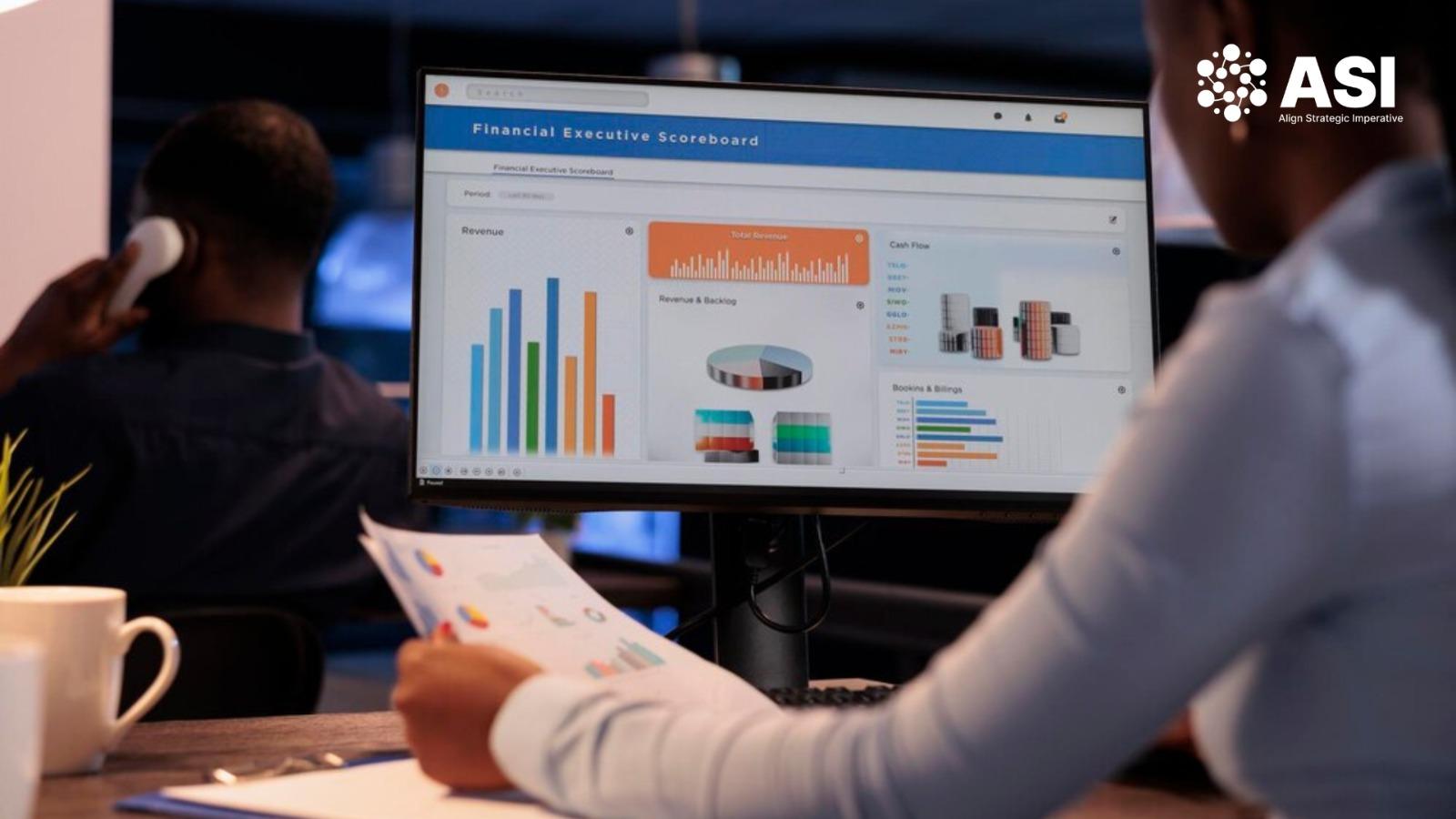How AI is Transforming Crop Monitoring and Yield Optimization in Agriculture

AI in Agriculture Market: Industry Overview and Outlook
The global AI in agriculture market is experiencing rapid growth, driven by the urgent need for sustainable farming, rising food demand, and the adoption of digital technologies to address labor shortages, climate change, and resource optimization. AI-powered solutions—such as precision farming, predictive analytics, crop monitoring, and autonomous equipment—are transforming traditional agricultural practices by enabling real-time decision-making, reducing waste, and increasing yields. In India, the AI in agriculture market is projected to grow from about ₹580 crore (USD 70 million) in 2024 to ₹2,900 crore (USD 350 million) by 2033, at a CAGR of 19.5%143. Globally, the market is expected to expand from ₹39,000 crore (USD 4.7 billion) in 2024 to as much as ₹1,74,000 crore (USD 21 billion) by 2035, with a CAGR of over 23%265. Key trends include the integration of IoT, drones, satellite imagery, and cloud-based analytics, supported by government initiatives such as India’s Digital India campaign and smart precision farming investments totaling ₹6,000 crore for 2024–202913. These technologies empower farmers to make data-driven decisions, optimize resource use, and enhance supply chain efficiency, ultimately supporting food security and rural livelihoods.
more insights - https://alignstrategicimperative.com/industry/al-in-agriculture-market/
Why AI in Agriculture Market Matters
-
Sustainable Food Production: AI enables efficient use of water, fertilizers, and pesticides, reducing environmental impact and supporting sustainable farming.
-
Increased Crop Yields and Productivity: Data-driven insights and automation help farmers maximize output and respond to weather and pest challenges.
-
Labor Shortage Solutions: AI-driven automation (e.g., autonomous tractors, smart drones) addresses the shortage of skilled labor in agriculture.
-
Improved Supply Chain and Market Access: AI-powered marketplaces connect farmers directly with buyers, ensuring fair pricing and reducing waste.
-
Support for Small and Marginal Farmers: Affordable, scalable AI solutions empower even resource-limited farmers to adopt advanced practices.
Market Drivers
-
Rising Food Demand and Population Pressure: The growing global population increases the need for efficient, high-yield farming practices.
-
Government Initiatives and Investments: Policies and funding for digital agriculture and smart farming are accelerating adoption, especially in emerging economies.
-
Technological Advancements: Innovations in IoT, drones, satellite imaging, and machine learning are making AI solutions more accessible and effective.
-
Climate Change and Resource Scarcity: Unpredictable weather and limited resources drive the adoption of precision farming and resource optimization tools.
-
Growth of Agritech Startups: Increasing activity and investment in agritech startups are bringing innovative AI solutions to the market.
Challenges
-
High Initial Investment and Adoption Costs: Advanced AI technologies require significant upfront investment, which can be a barrier for small farmers.
-
Digital Literacy and Technical Skills: Limited awareness and technical expertise among farmers can slow the adoption of AI solutions.
-
Data Privacy and Security Concerns: The collection and use of agricultural data raise concerns about privacy and security.
-
Integration with Existing Infrastructure: Retrofitting traditional farms with modern AI tools can be complex and costly.
-
Market Fragmentation and Standardization: The presence of many regional and global players increases competition and complicates interoperability.
Market Outcome
-
Steady Market Growth: The global AI in agriculture market is expected to reach up to ₹1,74,000 crore by 2035, with India’s market projected to reach ₹2,900 crore by 2033.
-
Increased Adoption of Smart Technologies: Integration of IoT, drones, and cloud analytics will drive future product development and efficiency gains.
-
Technological and Product Innovation: Continued R&D will lead to smarter, more user-friendly, and cost-effective AI solutions.
-
Sustainability and Efficiency Focus: Emphasis on reducing resource waste and optimizing productivity will shape future trends.
-
Enhanced Market Penetration: Rising awareness, digital transformation, and infrastructure investments will expand market reach and adoption, especially in emerging economies.
- Art
- Causes
- Best Offers
- Crafts
- Dance
- Drinks
- Film
- Fitness
- Food
- Games
- Festival
- Gardening
- Health
- Home
- Literature
- Music
- Networking
- Other
- Party
- Religion
- Shopping
- Sports
- Theater
- Wellness



